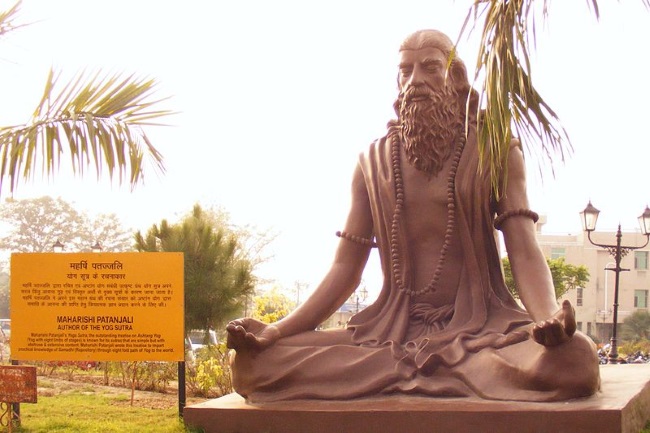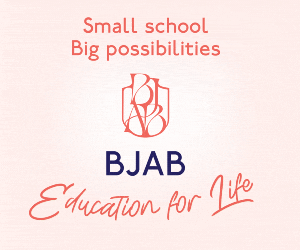Health & Fitness: Aspria’s Maria Luisa Fissasegola shares her expertise with a quickstart guide to meditation.
The words ‘meditation’ and ‘mindfulness’ are cropping up with increasing regularity – but what does it all mean, should you be doing it… and how do you even start?
What is meditation?: There are many ideas about what meditation is. I would say it’s about being truly present in your life – about living in the here and now. Meditation – sometimes known as ‘mindfulness’ – is a path of awareness that comes from paying very conscious attention to the present moment, in a non-judgmental way. It’s a process of knowing one’s mind and the way it works, which in turn helps us get the most out of it. Meditation is not a relaxation technique. It isn’t about sitting quietly and not thinking of anything.
How do you meditate?: There are two types of practice: formal and informal. Formal practice means engaging in daily practice for a certain period of time, whether that’s sitting meditation or walking meditation. Informal practice means bringing the practice of consciousness into your day at any time of the day, spontaneously and naturally – for example, eating consciously or touching the ground you’re walking on. Whichever form of meditation you choose to follow, it needs to be something you do regularly.
What are the benefits of meditation?: Research has shown that meditation can improve our physical and mental health significantly. It not only lowers blood pressure, sharpens our attentiveness ability and lowers stress, but also boosts memory, increases the joy we find in our everyday life, and makes us more compassionate with ourselves and with others.
As if that wasn’t enough, it also strengthens our immune system and makes us more resilient: research shows that practising meditation has the ability to change the structure of the cerebral cortex to make those who practise less sensitive to pain. It can help in situations of depression and anxiety too. If we practise regularly, we learn to be comfortable with everything that’s inside us – pain, anger, irritation, guilt, joy, compassion, love and peace – without being overwhelmed.
What are your meditation tips for beginners?: Make a daily appointment with yourself. You can’t meditate only when you have the time: you need to actively create space and time for yourself to meditate. Using a timer can help us measure meditation duration, indicating the beginning and end of the session. Identify and devote a quiet place to your home or workplace where you can meditate. Relaxing music or sounds from nature aren’t a necessity, but they can help cover other background noises and create an atmosphere that’s conducive to meditation.
It’s best to sit on a chair, meditation cushion or bench. Wear comfortable clothing – perhaps have something like a shawl to hand so you don’t get cold. Feet should be bare. Find a comfortable position with a straight but not rigid back. You should aim for a fairly good posture, but one that doesn’t require effort to maintain as you want to feel calm.
Once settled:
• Close your eyes or simply lower your eyelids and look softly at a point on the floor in front of you.
• Start to focus on your breathing, breathing in and exhaling through the nostrils, but naturally and without forcing it.
• Observe the thoughts and images that arrive in your mind with a kind and loving attitude, and without passing judgement.
Having a dedicated meditation app on your smartphone can be useful for beginners, as you can access short, guided meditations to help establish your practice. Mind and body classes are available in the three Aspria clubs of Brussels.
Find out more on www.aspria.com







